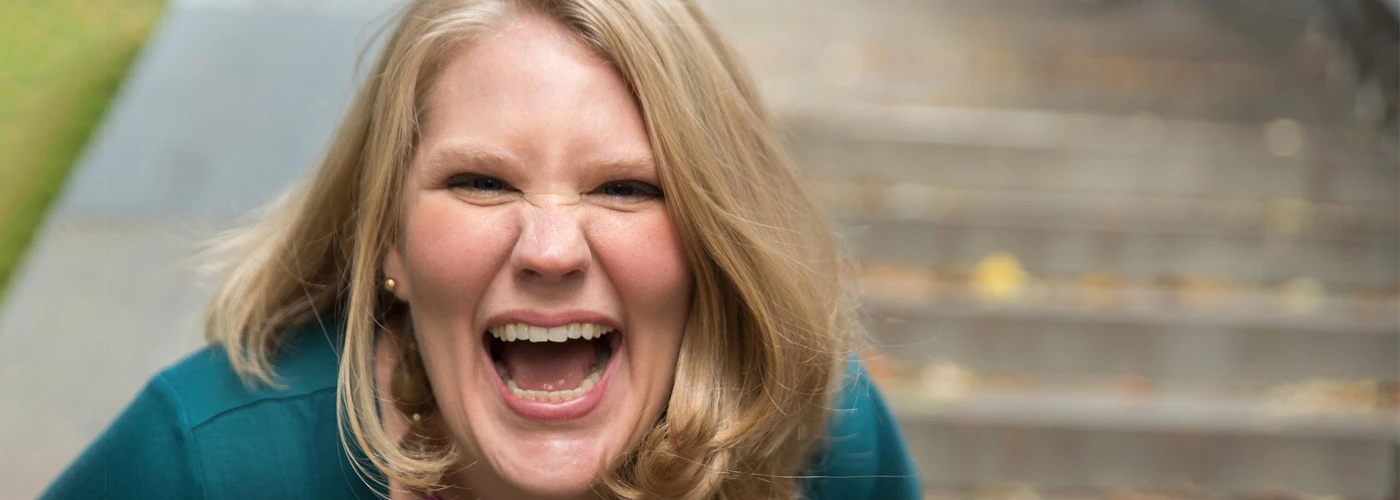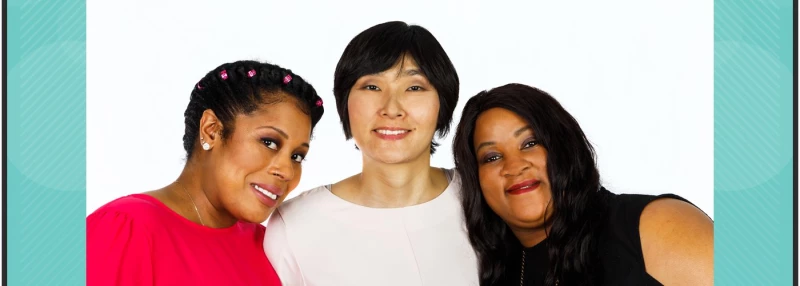One of the most difficult parts of living with metastatic breast cancer as a woman in her thirties has been the challenge of explaining my symptoms and side effects to those who are outside of the cancer universe. It dawned on me this morning, as I was lying in bed, how different my body feels than that of a typical thirtysomething. Further still, it continues to surprise me how little others understand about the changes I have undergone since my metastatic diagnosis. In many parts, it's because I do not always fully understand them myself.
Metastatic Cancer and Chronic Pain
Pain was one of the first side effects I noticed, even before I was officially diagnosed. I am generally someone with a high pain tolerance. I had been experiencing increasingly severe pain in my back, hips, and ribs. This was not pain that really went away, but pain that felt deep, visceral, and unwavering. I had no real understanding, no point of reference, for this type of chronic pain.
"So often, with a cancer diagnosis, we recognize only the physical ramifications of treatment – the bald head from chemo and the dark undereye circles from fatigue. We don’t recognize the invisible side effects of treatments – treatments that often also exist under a cloak of invisibility."
It was also unnerving to experience pain in a debilitating way, a way that interfered significantly with other parts of my life. Soon after my diagnosis, I discussed my pain with my oncologist, who prescribed opiates for my pain. That shocked me. I had never thought of my illness, or the side effects of it, as something that would jump so quickly from "rest, ice, take Tylenol" to "we aren’t going to let you suffer". It was surprising, to say the least. That said, after two years of dismissal of my pain, I finally found something that cut through the brutality of it.
By and large, my pain is well-controlled these days. I recognize much earlier when I need to rest. I don’t push myself harder than I need to. Much of the bone pain that was causing me such consternation has also subsided as many of those metastases have healed. In addition, I now know the reason for my pain, and what is causing it. I recognize my pain as chronic. I am continually finding ways to manage it with minimal use of medication. Although I do not hesitate to utilize medications to control the pain when it reaches those levels.
Hormone Treatment and a New Kind of Pain
While my initial pain was related to the metastases in my bones, once I started breast cancer treatment, I encountered an entirely different type of pain. I began to experience joint pain and stiffness, the likes of which I had never felt before. Knowing it was a side effect of the medications I was taking did not help. I often felt like I was living in a body decades older than the one I was in.
My feet, knees, hips, hands, and back all ached, swelled, and became stiff at a moment’s notice. It hurt to move, but it also hurt to sit still. I often found myself caught in a catch-22. I was unable to figure out whether the best route of self-care was to move, or to rest. Because either option came with a price.
Dealing with Cancer Fatigue
The pain and joint pain, coupled with the New York summer heat and humidity (not to mention a toddler) ran me ragged during my first year after my metastatic diagnosis. I was perpetually exhausted but struggled to pinpoint exactly where that exhaustion fit into my recognition of side effects. I struggled to recognize that, much like my pain, the fatigue I continued to experience was not something I could push past, or ignore. Instead, it's something that required integration into my daily life.
Download MBC Resources
Simply put, I no longer bounced back the way I could before. And I have to account for that in almost everything I do. As my disease has progressed and I have started an oral chemotherapy, my fatigue has increased further. Lying in bed the other morning, I realized the tremendous disconnect in talking about fatigue. It's more than just a loss of sleep from cancer. When we’re tired, we can usually rest, and after a sufficient period, we feel better. Not so with fatigue: fatigue compels us to rest, but even despite plenty of rest, we still feel tired. I liken this feeling to that of wearing a lead bodysuit - the struggle to get up and to move is Herculean.
Often, in discussing these issues, I like to recognize Spoon Theory - Christine Miserandino’s analogy for the challenges of chronic illness. However, these symptoms extend beyond that, because metastatic breast cancer is not a chronic illness. We who live with metastatic disease live with these side effects until we are forced to change treatments. That change is often to a drug regimen that is harsher than the one before. The side effects worsen and impact our quality of life quite significantly.
Recently, while out with my husband, he had a fun idea for a spontaneous adventure. In my pre-cancer life, I was almost always up for these sorts of things. But I have lately come to recognize my limitations. I had to decline because I knew the following day would be similarly busy for me, and I needed to conserve energy. It was no longer a question of “can I push through?” but an answer I already knew: I would pay in spades for even just a few hours of fun.
What’s Really Underneath
These symptoms do not exist in a vacuum and do not exist apart from each other. I did not know what to expect when my 32-year-old body was thrown into menopause, but the joint pain, the fatigue, and the aches of metastatic disease formed a confluence of struggle that led to weight gain, hot flashes, and an entire set of secondary side effects - the side effects of the side effects, if you will.
So often, with a cancer diagnosis, we recognize only the physical ramifications of treatment - the bald head from chemo and the dark undereye circles from fatigue. We don’t recognize the invisible side effects of treatments - treatments that often also exist under a cloak of invisibility. And we are unsure how to talk about these side effects because we cannot uncouple them from the rest of our lives.
 Emily Garnett is a former elder law and special needs attorney whose practice focused on adult guardianships, capacity issues, care management and public benefits. Today, she is the face of Beyond the Pink Ribbon, an advocacy and awareness platform where she documents her experience living with metastatic breast cancer. Emily also serves as the host of The Intersection of Cancer & Life podcast.
Emily Garnett is a former elder law and special needs attorney whose practice focused on adult guardianships, capacity issues, care management and public benefits. Today, she is the face of Beyond the Pink Ribbon, an advocacy and awareness platform where she documents her experience living with metastatic breast cancer. Emily also serves as the host of The Intersection of Cancer & Life podcast.




